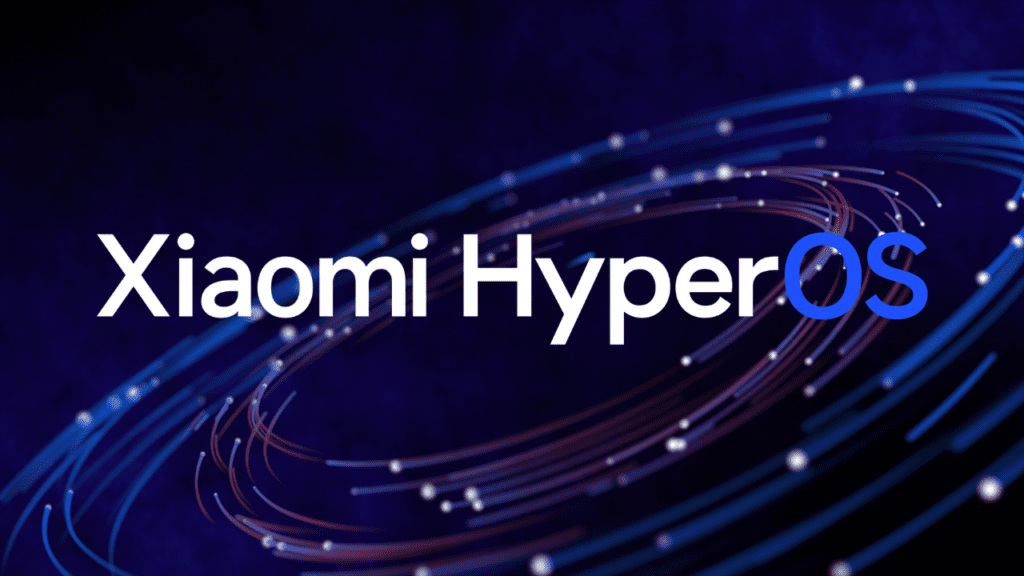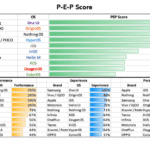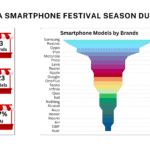The HyperOS from Xiaomi for smart ecosystem could be solving one of the major pain points for consumers ignored even by Google – the mother of smart OS
I have been using Xiaomi’s HyperOS on a smartphone, though a POCO device (Xiaomi’s device seeding algorithm did not somehow pick me up this time at the launch of Redmi 13 Series, which was the first to come with this OS). The experience is undoubtedly improved than the MiUi and I can find the OS cleaner and efficient. I am also experiencing these days HyperOS on Xiaomi Pad 6, where again I can notice improvements. But to me these are low value derivatives of the HyperOS.

To me the real value of HyperOS will unleash when it will start offering consumers a seamless connectivity, interface and experience across a host of smart devices. This becomes very important in case of ‘smart home’ or consumer IoT devices. Comparing it with Google or even iOS, the challenge we have is that while these operating systems have software versions for a host of smart devices including smartphone, smart TV, smart watch, tablet, laptop and cars, the IoT devices become a pain point. Sometimes these IoT devices don’t easily connect even on their proprietary apps on Android / iOS. It is very frustrating to make these devices connect to their proprietary apps. While this is still manageable, we aren’t really sure what’s happening with the data that these devices capture and what all are the ‘invisible’ activities of such apps. Except for some of the reputed names in this space, there are several unheard brands which pop up on any list of such devices on marketplaces and other sources of information.
A bigger concern here is the customer experience and ease of using IoT devices. There is no concept of interoperability or portability of IoT devices. So, for every IoT device purchased, a user has to use a different app. That is a nightmare! If a consumer wants to use smart bulb, smart doorbell, smart door lock, smart surveillance camera, smart plug and other such devices of choice, it could mean using these many apps. Or compromising on the freedom to choose and sticking to a few vendors which make many of such devices. This is contrary to the experience that is delivered over other smart devices. For instance, a user primarily has same experience and interface across all android smartphones, smart TVs, tablets and other devices. Yes, there could be nuances introduced through a custom UI layer, but the fundamentals don’t change much. For the app developers also, it’s much more convenient and quicker to develop and manage an app across a host of devices. They don’t have to deal with fragmented OS landscape.
Since, smartphone is the hub and central to smart ecosystem in many ways, Google can eventually integrate all other devices to the smartphone OS making it much easier and user friendly. It has already started in many ways among few brands. The same experience is being projected on the connected cars. However, within the Google ecosystem, smart home / consumer IoT devices are like aliens and a step away.
Xiaomi has unveiled a Human, Cars and Home (HCH) vision for its HyperOS. Though the clarity around how IoT devices (smart home) will be integrated is yet to come in, but it looks like Xiaomi will use HyperOS as the single platform for all the smart devices across Humans (mobiles, compute and wearables), Cars (connected cars) and Home (smart home / consumer IoT). If so, this is going to be a great convenience to consumers and would place Xiaomi ahead of Google in developing a single platform offering seamless connectivity, interface and other benefits like security. Xiaomi, incidentally, also possesses a very wide portfolio of smart home / consumer IoT devices like robo vacuum, air purifier, air fryer, etc. Samsung has Android for some devices and Tizen for few more. In future it could develop GalaxyAI as the single interface across devices.
HyperOS can eventually be developed as a single interface for smart and connected users which is device and place agnostic. Whether it be for personal use, in home or in cars, HyperOS could emerge as the single interface and platform making it very easy for users to enjoy the connected and smart experiences. In that way HyperOS becomes a master OS of the smart world.
It would be interesting to see how HyperOS evolves especially with regards to consumer IoT / smart homes. If Xiaomi makes it the single platform of interface for users, and takes an early lead on the trend, even ahead of Google, it not only can reap early movers’ advantage but also become a trendsetter in the industry. Hope Xiaomi’s vision about HyperOS is on the similar lines and it does not leave the smart home / consumer IoT products as an isolated island in the smart and connected world.






One response to “Xiaomi HyperOS is good on smartphones. However, it could be solving a bigger customer problem”
But what is the advantage of hyperos for user point of view